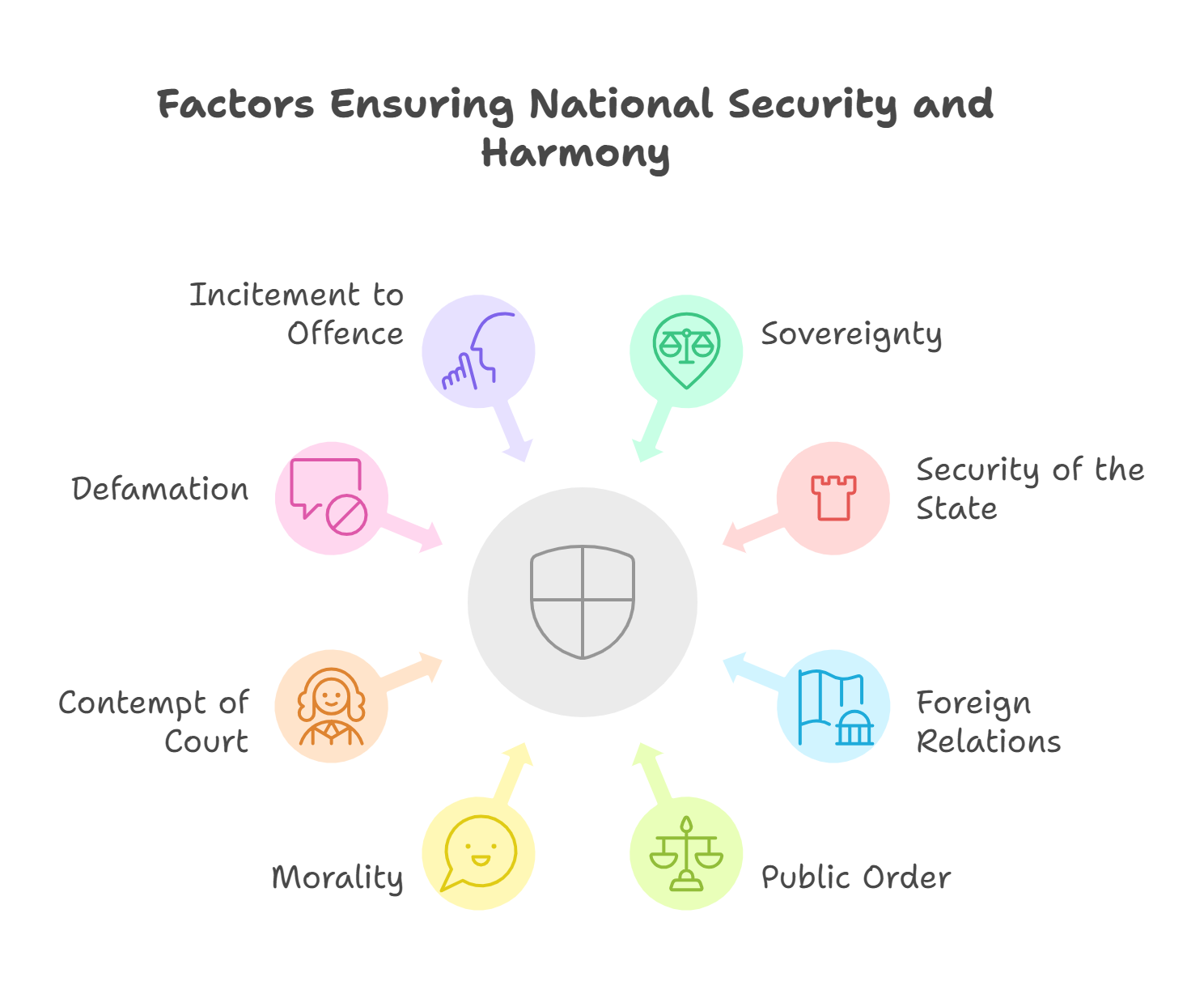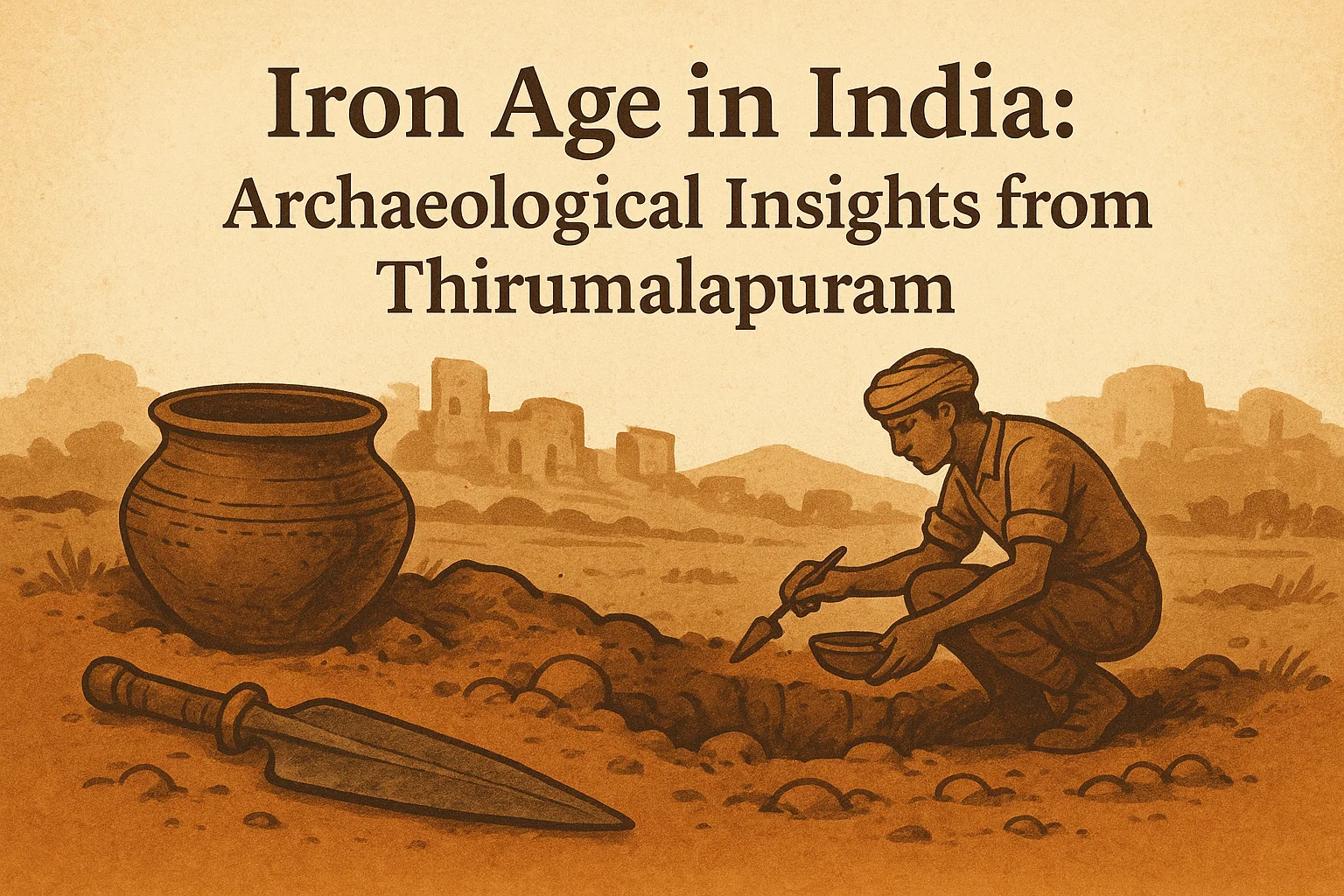Font size:
Print
Freedom of Speech vs Commercial Speech: Supreme Court’s Bold Order on Comedians
Freedom of Speech vs Commercial Speech: A Landmark Supreme Court Ruling on Comedians
Context: The Supreme Court’s order against comedians like Samay Raina comes at a time when India’s digital ecosystem is expanding rapidly, with over 820 million internet users (TRAI, 2024) and social media becoming a primary medium for news, entertainment, and political discourse.
What is freedom of speech?
- Freedom of speech refers to the right of individuals to express opinions without fear of government censorship or restriction. In a democracy, it ensures the free flow of ideas, debates, and dissent, which are essential for accountability and governance.
- Internationally, it is recognised under Article 19 of the Universal Declaration of Human Rights (1948) and Article 19(2) of the International Covenant on Civil and Political Rights (ICCPR).
How is it recognised in India?
- In India, Article 19(1)(a) of the Constitution guarantees freedom of speech and expression to all citizens. This covers speech through words, writing, images, and digital platforms. Courts have held that it includes the right to silence (Bijoe Emmanuel vs State of Kerala, 1986) and right to information (as reflected in the RTI Act, 2005).
- The Economic Survey 2020-21 highlighted that trust in free expression and participatory governance strengthens India’s democratic institutions. However, the Supreme Court has repeatedly emphasised that this freedom is not absolute.

What are the reasonable restrictions imposed on the right of freedom of speech in India?
- Under Article 19(2), the State can impose reasonable restrictions on free speech in the interest of the flow chart given .
- Case law such as Shreya Singhal v. Union of India (2015), which struck down Section 66A of the IT Act, shows the judiciary’s balancing role between liberty and restrictions.
- The Down To Earth (2023) report on online hate speech also emphasised that unchecked speech on social media can harm vulnerable groups, necessitating guidelines.
When does freedom of speech come under the ambit of commercial speech?
- The Supreme Court in the Tata Press Ltd. v. MTNL (1995) case held that commercial speech—advertisements and influencer-driven content—falls within Article 19(1)(a). However, it enjoys lesser protection since its primary aim is profit, not democratic discourse.
- In the recent Samay Raina case (2025), the Court clarified that when comedians and influencers monetise content through sponsorships, ads, or brand-building, their speech becomes commercial speech. If such content ridicules persons with disabilities, as alleged by the SMA Cure Foundation, it violates the dignity of vulnerable groups and can attract penalties.
- The Court also directed the Centre to draft social media content guidelines in consultation with the NBSA, ensuring that while creators retain expressive freedom, they cannot commercialise humour at the cost of others’ rights.

